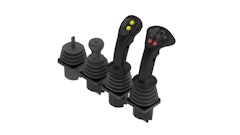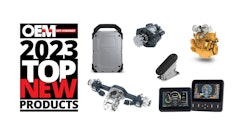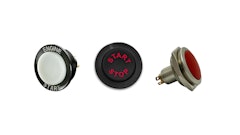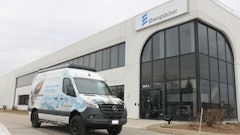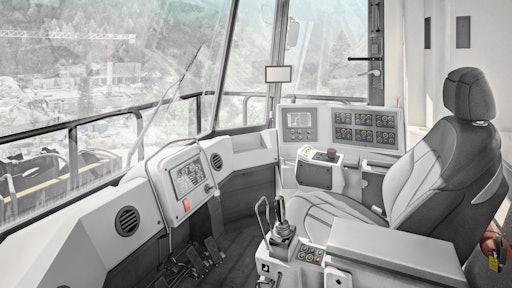
In recent years, the design of cabs has become an important factor in the success and operability of vehicles in various industries — especially in the heavy-duty and specialty vehicle market. With the advent of new technologies, changing customer needs, regulatory change management, and stricter safety standards, the design of cabs and the impact of proper Human Machine Interface (HMI) selection, have evolved significantly. From comfort and ergonomics to cutting-edge technology, the cab is becoming a key differentiator in the off-road vehicle market.
Modern cabs are designed to maximize operator comfort while improving work efficiency. Ergonomic seats, adjustable steering wheels, and well-placed multifunctional controls are just a few examples of features that aim to reduce strain on the driver or operator, minimize the risk of accidents, expand output and improve performance.
1. Comfort & Ergonomics
An important aspect of off-road cab design is the seamless integration of comfort and functionality. In the past, cabs were often considered simple and uncomfortable. This is now changing. Manufacturers are increasingly investing in the development of seats that offer maximum comfort. Adjustable steering wheels, functional armrests, heated seats, and air conditioning are now standard features in many off-road vehicles. Modern cabs mimic automotive designs by focusing on similar features and functionality that improve the driving and operating experience. Comfortable interiors include numerous storage options for personal items, cup holders, and practical sockets for charging electronic devices. These options make the operator’s workplace more efficient and more pleasant. Modern cabs like those found in agricultural equipment are hardly inferior to automotive applications. They sometimes even offer greater efficiency with the use of displays, functional armrests, and intelligent switching and rotating elements.
 The ergonomics of cockpit designs directly impacts operator efficiencyEAO
The ergonomics of cockpit designs directly impacts operator efficiencyEAO
2. Robustness & Durability
Another important aspect in the design of off-road cabs is the robustness and durability of the materials. As off-road vehicles are often exposed to extreme conditions and aggressive environments, the cabs must be able to withstand these challenges. Manufacturers are therefore increasingly relying on high-quality materials such as aluminum, composites and special plastics that are lightweight and extremely hard-wearing. These standards also apply to the installed modules and systems which are exposed to harsh daily conditions.
3. Integration of Technology
One area that is developing rapidly is the integration of technology. Modern operating systems with touchscreen displays, Bluetooth connectivity, and voice control are no longer a rarity. In fact, some manufacturers are focusing on innovative features such as head-up displays or camera systems that offer 360-degree, all-around visibility. These technologies not only improve comfort but also increase driver safety by maintaining their attention . Another important trend in the world of off-road cabs is the increasing connectivity and networking of vehicles. Modern operating systems allow drivers to always stay in touch with the outside world, be it via built-in navigation systems, wireless internet connections, or smartphone integration. In addition, some manufacturers even offer the option of controlling the vehicle autonomously by mobile apps. These advanced connectivity solutions help to ensure that off-road vehicles are not only robust and powerful but also fully connected to meet the demands of the operator.
Despite these digital possibilities, a mixed-technology approach incorporating dedicated buttons will remain an important part of modern HMIs. Traditional pushbuttons with haptic feedback allow users to intuitively operate a device without having to struggle through a menu. Even though touchscreens are becoming increasingly popular, dedicated pushbuttons are a necessary addition to create an intuitive user experience with a mixed technology approach.
 Example of a modern cockpit with a mixed-technology operating environmentEAO
Example of a modern cockpit with a mixed-technology operating environmentEAO
4. Functional Safety
Increasing connectivity and integration also requires a smooth and safe operation.
Functional safety reduces unacceptable risks caused by random electronic system errors to an acceptable level. The risks in question may cause injury to people, rather than damage to property. Functional safety means applying and observing certain standards to ensure that the correct operation of safety functions is monitored. In the event of an error, the system will respond and switch the application to a safe state — for example, by stopping it or by alerting the user.
Traditional mechanisms are increasingly being replaced by smart electronics. In heavy-duty and specialty vehicles, smart solutions are replacing mechanical actuators and indicators. Controller Area Network (CAN) bus systems can connect more than 100 bus participants and send data and information across shared cables. This approach reduces the number of wiring harnesses as well as the associated weight — and subsequent cost. At the same time, these data buses also expand vehicles’ technical capabilities to the benefit of their users and operators. The downside is that the increasing complexity of these electronics can cause new types of malfunctions. These instances can potentially result in devastating consequences when safety components are affected. This is where functional safety comes in. Not only can highly complex applications benefit from this, but also simple or seemingly noncritical ones such as window openers or light switches.

5. Individualization & Personalization
In addition to the seat and climate settings, customer-specific configurations of HMI applications are increasingly becoming a key requirement. HMIs can be adapted to specific applications for unique controls, end-user efficiency, and user-friendly interaction. For example, an HMI system can be designed to control and monitor a specific machine. Its interface is tasked with managing and displaying data relevant to that function and its performance. Additional customization of HMI interfaces can also allow for multi-functionality which supports the ability to control multiple machines from a single interface.
 Example of an intelligent multi-functional HMI solutionEAO
Example of an intelligent multi-functional HMI solutionEAO
6. Sustainability
Given the growing importance of environmental awareness and sustainability, manufacturers of off-road vehicles are also increasingly focusing on environmentally friendly solutions in their cabins. Common practice includes the design-in and use of recyclable materials, energy-efficient HVAC systems, and the integration of hybrid or electric drives. These measures are intended not only to reduce the environmental impact of the vehicles, but also to raise customer awareness with sustainability. Controls and modules must be rugged and durable for long operational life cycles. But when required, components that are subject to high wear and tear to extend product life cycles should be used as replacements. This will reduce the environmental impact and act as an effective approach to manage sustainable consumption.
Future Outlook
While current market trends in the design of off-road cabs and HMIs are impressive, manufacturers also face several challenges and future developments. Stricter emissions regulations require increased use of environmentally friendly powertrains. Increasing competition from new entrants in the electromobility market are also shifting developments that impact the use of emerging technologies.
In addition, manufacturers must continue to drive innovation to meet the ever-changing needs and expectations of users. Despite these challenges, the one constant is that future designs of off-road cabs are full of exciting possibilities. Cab designs will continue to evolve by balancing new and innovative developments with usability. Autonomous vehicles will place new demands on the cab design and the function of operator controls. Cabins could evolve into multifunctional workspaces that maximize occupant comfort and productivity. In addition, advanced technologies such as augmented-reality displays and biometric sensors could play an even greater role in the future to further improve vehicle safety and efficiency.
 Future cockpit with mixed technology and multifunctional HMIsEAO
Future cockpit with mixed technology and multifunctional HMIsEAO
Conclusion
Cab designs and HMIs have become a crucial aspect of vehicle development that plays a key role in determining success in the market. Through the integration of technology, consideration of safety and ergonomic standards, individualization of comfort options, and pursuit of sustainability and efficiency, manufacturers are designing cabs that meet the requirements of modern mobility. Looking to the future, it’s clear that further innovative solutions will pave the way for the cabs of tomorrow.
Dominique Burkard is principal industrial- and UX-design manager at EAO.





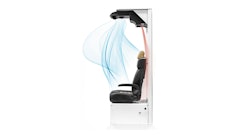

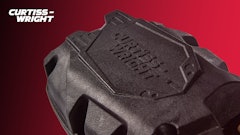
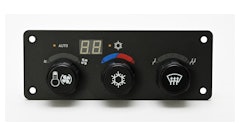
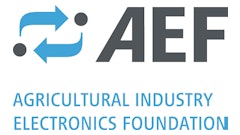
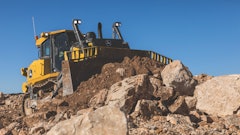
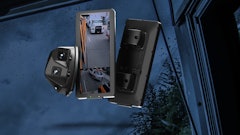

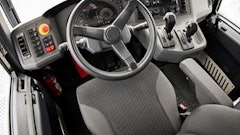
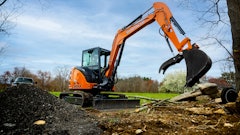

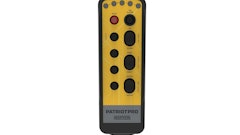
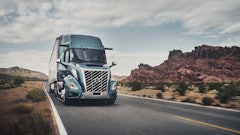


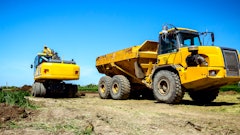
![Volvo Penta Sets Sights On Productivity Advancements 03[1]](https://img.oemoffhighway.com/files/base/acbm/ooh/image/2023/11/Volvo_Penta_sets_sights_on_productivity_advancements_03_1_.65690b8f96926.png?auto=format%2Ccompress&fit=crop&h=135&q=70&w=240)
